Experts have found a shocking human-made object at the bottom of the Mariana Trench, raising concerns about ocean pollution and its impact.
The Mariana Trench is one of the most mysterious places on Earth.
It is located in the western Pacific Ocean and is known for being the deepest part of the world’s oceans.
Scientists and explorers have always been curious about what lies beneath the surface in this deep, dark trench.
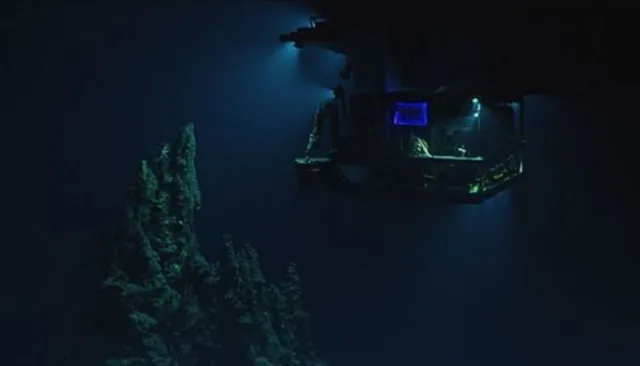
Table of Contents
ToggleExperts discover alarming human-made object at the bottom of Mariana Trench
Recently, experts made a surprising discovery that has raised concerns about human impact on the environment.
They found a troubling man-made artifact at the deepest part of the Mariana Trench, a plastic bag.
The Mariana Trench, previously deemed an untouched expanse shielded from human interference, has succumbed to the pervasive reach of pollution.
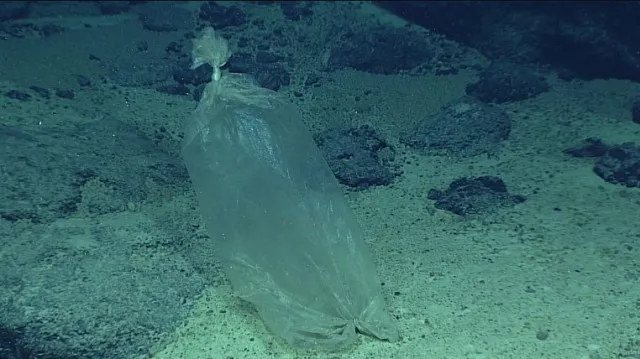
This unsettling discovery reminds us of our poor plastic use and disposal habits.
It highlights the serious consequences of our actions on the planet.
The Mariana Trench is part of a global crisis due to plastic pollution
Despite its appearance as a desolate abyss, the Mariana Trench teems with a diverse array of marine life, ranging from coral to jellyfish and octopuses.
Analysis from the Deep-Sea Debris Database has revealed a troubling reality.
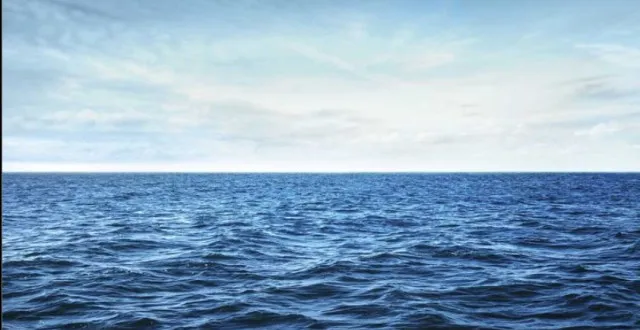
It shows that 17% of plastic encounters in the trench involve marine organisms, leading to issues like entanglement and ingestion.
This highlights the serious threat plastic waste poses to ocean life.
The global crisis of plastic pollution continues to escalate, wreaking havoc on ecosystems, wildlife, and human health.
Disposable plastics, epitomized by the plastic item uncovered in the Mariana Trench, constitute a significant portion of this environmental catastrophe.
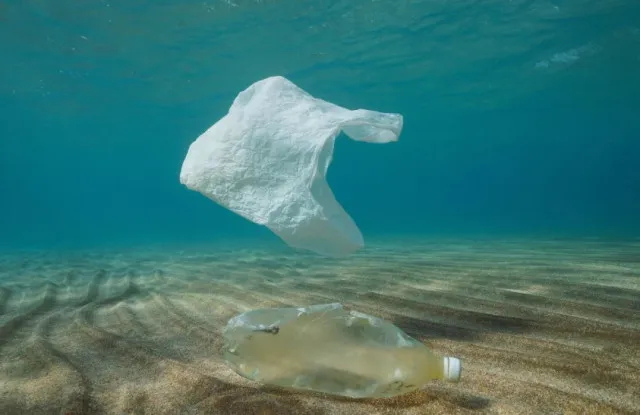
Impact of plastic pollution on the oceans
A shocking 89% of the plastic in the trench is single-use.
This shows how common throwaway plastic is in our environment.
The Mariana Trench’s remote location may seem to protect it from human impact.
However, the plastic found there clearly comes from human activities.
While 20% of oceanic plastic pollution stems from direct dumping by vessels, the remaining 80% originates from land-based sources.
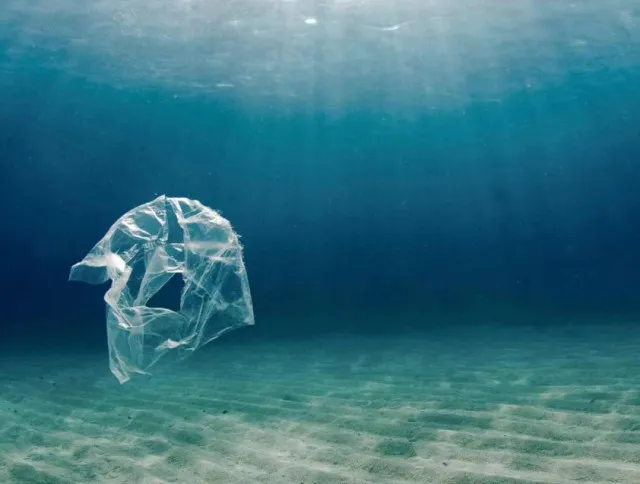
A large amount of plastic waste enters the ocean from ten rivers.
These rivers flow through crowded areas and carry lots of trash.
Discarded fishing equipment is a major cause of plastic pollution.
It makes up a large part of huge garbage patches, like the Great Pacific Garbage Patch, which floats between Hawaii and California.
The decomposition of plastics releases chemical pollutants into the ocean, endangering marine life.
As plastics fragment into microplastics, these minute particles accumulate in the water before descending to the seabed, including the deepest recesses such as the Mariana Trench.
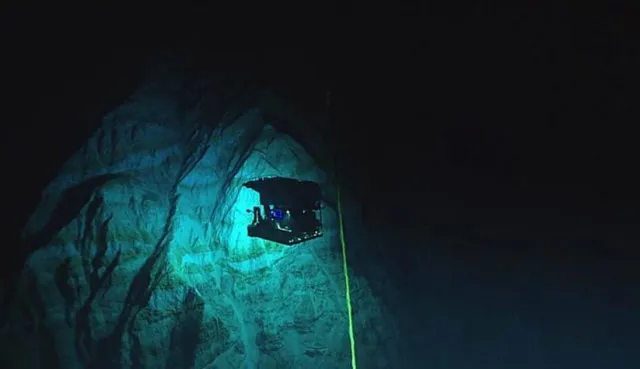
Analysis shows that chemical pollutants in the trench may come from plastic breaking down in the water.
This raises concerns about how these chemicals might harm marine ecosystems.
Seeing a plastic bag in the Mariana Trench is a strong warning to everyone.
It calls for urgent action worldwide to fix this serious problem and protect the planet and oceans for future generations.
Many efforts have been made to fight plastic pollution.
These include promoting reusable options, recycling programs, and stricter rules on plastic production and disposal.
Educating individuals, corporations, and governments about the perils of plastic pollution.
Encouraging the use of sustainable practices is also crucial for a cleaner and healthier future.